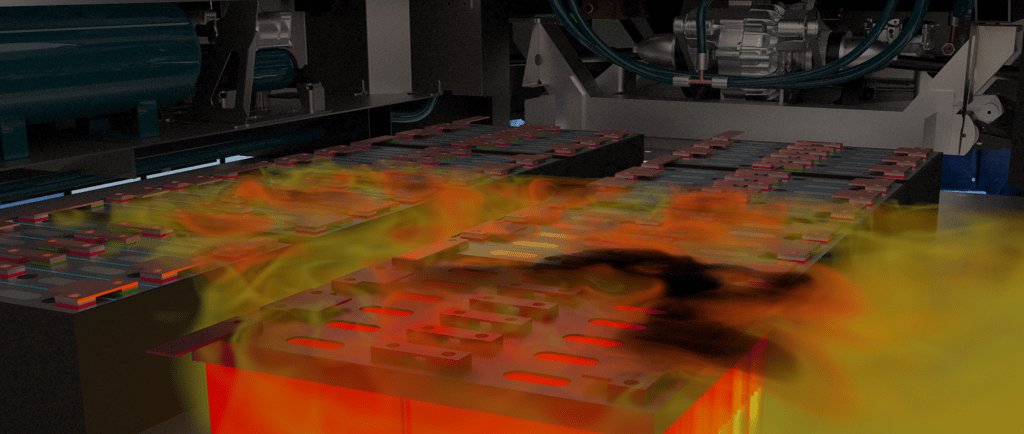What Causes Thermal Runaway in Batteries and How to Prevent It by Design
CONJUGATE HEAT TRANSFERTHERMAL MANAGMENTEV BATTERIES
1/4/20242 min read


Thermal runaway is a serious issue that can occur in batteries, leading to catastrophic consequences such as fires and explosions. Understanding the causes of thermal runaway and implementing preventive measures in battery design is crucial to ensure the safety and reliability of battery systems.
Causes
Thermal runaway in batteries is primarily caused by a combination of factors, including internal and external influences. One of the main triggers is excessive heat generation during the charging or discharging process. When a battery is subjected to high temperatures, it can accelerate the chemical reactions inside, leading to a self-sustaining increase in temperature known as thermal runaway. Several factors can contribute to the generation of excessive heat in batteries. One common cause is overcharging or over-discharging, which can result in the buildup of heat due to the increased flow of current. This can cause the battery to become unstable and lead to thermal runaway. Another factor is the presence of manufacturing defects or damage to the battery, which can create internal short circuits and generate heat.
How to Prevent
To prevent thermal runaway in battery design, several measures can be implemented. One of the key considerations is proper thermal management. This involves designing the battery system with efficient cooling mechanisms to dissipate heat effectively. Heat sinks, cooling fans, or even liquid cooling systems can be incorporated to maintain optimal operating temperatures and prevent overheating. Another important aspect is the use of advanced battery management systems (BMS) that monitor and control the charging and discharging processes. These systems can detect abnormal conditions such as overcharging or over-discharging and take corrective actions to prevent thermal runaway. BMS can also provide temperature monitoring and shut down the battery if it reaches critical levels.
In addition to thermal management and BMS, selecting suitable materials is crucial in preventing thermal runaway. Using high-quality and reliable components, such as electrodes and electrolytes, can minimize the risk of internal defects or damage that could lead to thermal runaway. Thorough testing and quality control during the manufacturing process are essential to identify and eliminate any potential issues.
Furthermore, proper battery design should consider physical protection to prevent external factors from causing thermal runaway. This can include incorporating robust enclosures or protective layers that can withstand mechanical stress or impact. Implementing safety features such as pressure relief valves or current interrupt devices can also help mitigate the risk of thermal runaway. In conclusion, thermal runaway in batteries can have severe consequences, and it is crucial to understand its causes and take preventive measures in battery design.
Conclusion
By implementing proper thermal management, advanced battery management systems, selecting suitable materials, and incorporating physical protection, the risk of thermal runaway can be significantly reduced. Ensuring the safety and reliability of battery systems is paramount, especially as batteries continue to play a vital role in various applications, including electric vehicles and renewable energy storage.

Gofinite Ventures LLP
LLPIN : AAU-5144
